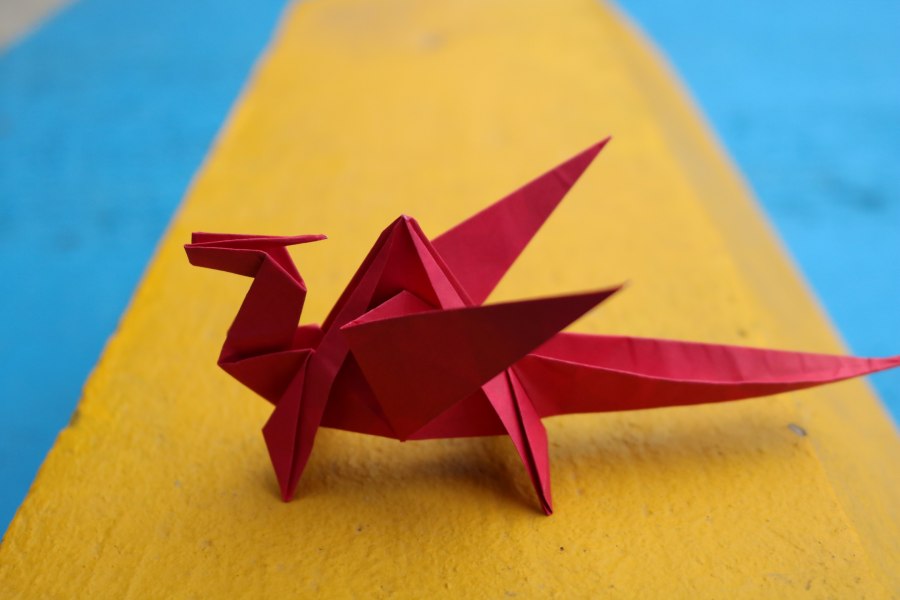TWU faculty and students use occupational therapy to alleviate trauma in minors

July 19, 2021 – DENTON and DALLAS – When Dallas opened an emergency shelter for unaccompanied minors fleeing violence in North Central America in spring 2021, Texas Woman’s School of Occupational Therapy faculty and students jumped at the opportunity to use their skills to help. Much like when the field of occupational therapy supported people experiencing occupational deprivation in the old psychiatric hospitals and tuberculosis asylums 100 years ago, this shelter needed help to provide meaningful activities and support an environment that allowed minors to heal.
The boys, aged 13-17, began their journeys fleeing poverty and life-threatening crises driven by natural disasters, crime and violence perpetuated by drug cartels and corrupt governments. The United Nations Refugee Agency, UNHCR, reports that the stark choice for thousands is to leave their homes or die. Some of the boys lost their parents en route, and for others, their parents sent them on the treacherous trip across Mexico as a desperate choice to keep their children alive.
Once they finally made it into the United States, between 2,500 and 3,000 boys were taken from grossly overcrowded border patrol facilities to the Kay Bailey Hutchinson Convention Center in Dallas. There, they were assigned cots that were arranged into groups of about 50 called “pods,” each staffed by approximately two leaders. Because of the need to provide safe quarters quickly, staff were recruited by contractors who had limited experience sheltering people, much less teenaged boys who had survived trauma. The initial focus was on providing a safe space, clean bedding, clothes and food. This was a good first step, but the boys had undergone significant trauma and soon needed an environment that understood the needs that go with that. They needed staff who not only understood trauma, but who could deliberately create a space for them to catch their breath without creating further losses. That is where occupational therapy was an ideal fit.
Hearing about this need, Clinical Professor Claudette Fette, PhD (Denton), in collaboration with Catholic Charities and Dallas ISD, arranged for herself, Assistant Clinical Professor Jennifer Martin, OTD (Dallas), Associate Clinical Professor and Academic Fieldwork Coordinator Shannon Levandowski, EdD (Denton), and 19 TWU occupational therapy students to help in April and May. Fette began by partnering with alumna Yareli Olmos (MOT ’20) and occupational therapy student Sommer Moreno to develop introductory training on trauma, enlisting the aid ofMoreno’s mother-in-law, Elia Moreno, who directs the Texas Christian Community Development Network. Moreno connected Fette and Martin to Catholic Charities and asked that they be fast tracked to begin volunteering in the shelter and determine where they might be of assistance. They began working in the shelter and recognized the need to build in therapeutic activities for the boys.
“As occupational therapists (OTs), we are always seeking ways to promote meaningful occupations (everyday activities) among people, groups and populations,” Levandowski said. “More than just rehabilitation professionals, OTs infuse their understanding of the whole person and environment to promote engagement and participation in desired tasks. In the case of the shelter, the children did not have access to meaningful occupations. TWU occupational therapy faculty and students worked with community leaders to promote, educate and support the value of occupation while in their care at the shelter despite limited resources.”
TWU faculty and students partnered with shelter staff to facilitate a variety of activities with the boys, including:
- Writing messages to their mothers, grandmothers and other women in their lives on paper flowers they created and assembling them into a large multi-panel mural during Mother’s Day weekend (which assisted with self-expression and memories of family, served as a way for those who lost loved ones on their journey to memorialize them and gave opportunity to model supportive interactions for those who struggled with loss)
- Creating origami projects (which assisted with learning a new skill, creativity and modeling for others)
- Making and using breathing beads for prayer, meditation and breathing activities (which assisted with learning relaxation and stress management)
- Identifying personal signature strengths and setting goals for the future, which included collaging strengths journals (which was a strengths-based approach to planning for the future)
But even more than the work with individuals, this was an intervention targeting the shelter as a whole, with TWU faculty and students working with staff to help them better meet the needs of the youth. Though it was challenging work, the faculty and students were able to bring some calm and stability to the boys by building a supportive climate during a turbulent time. The students also were able to have an important fieldwork experience and witness firsthand the profound impact that occupation can have on the lives of others.
The faculty and students will be presenting lessons learned and takeaways from this large group intervention to the Texas Occupational Therapy Association (TOTA) in November and have submitted the work for consideration at the national level as well. Because emergency shelters, whether for this disaster or another one, will continue to be needed all over the country, and because there are schools for occupational therapy everywhere, partnerships such as this one can continue to be established.
“Our goal is to provide a deep understanding of the power of occupation and its connection to mental health,” Levandowski said. “We also will invite other schools to look for similar opportunities as excellent student fieldwork experiences, which not only teach but assist those in need.”
Media Contact
Ray Willhoft
Director of Communications, Jane Nelson Institute for Women's Leadership
940-898-4584
rwillhoft@twu.edu
Page last updated 9:49 AM, July 19, 2021